Home to some remarkable historic properties, many built of local Beckwith limestone, take a stroll through the downtown and make sure to look up!
Explore our remarkable heritage downtown at your own pace using these self-guided walking tours!
OR pop into the Carleton Place Chamber of Commerce Information Centre at 170 Bridge Street and pick up your hard copy!
8 Essential Stops for the History Lover
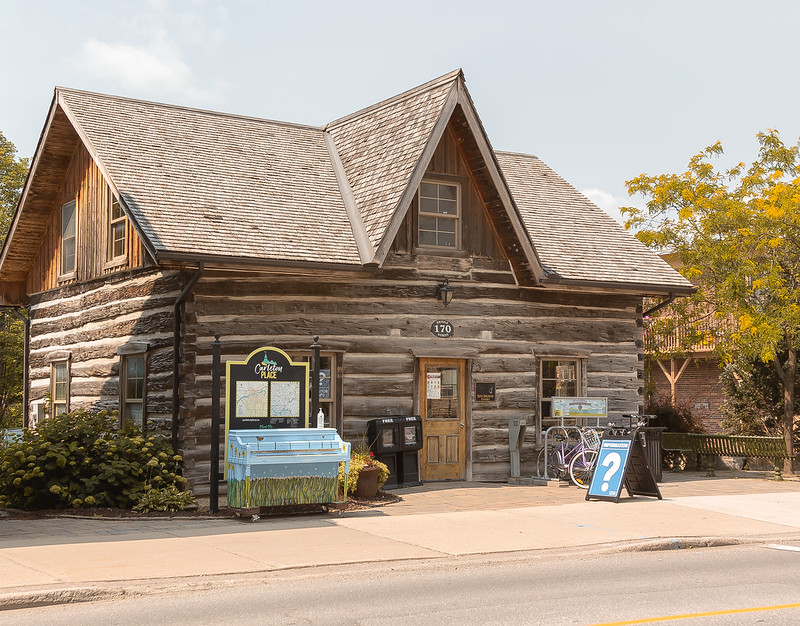
1 – Moore House – 170 Bridge Street
The Moore house belonged to the founding family of Carleton Place, the Moore’s, who arrived in 1819. The log building was built by James Pearson Moore and him and his wife Katherine ran a general store until inside the house until 1941. In the year 1900, Ida Louise Moore developed tuberculosis and died in the Moore house from the disease. It is believed that her ghost still lives in the building.
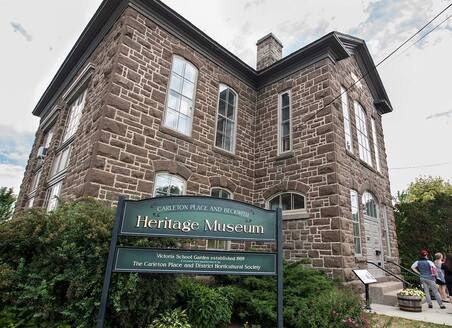
2 – CP and Beckwith Heritage Museum – 267 Edmund Street
The Heritage Museum building was built in 1872 as the Town Hall and jail but was later converted into a school which it remained as for 90 years. The building was made into the heritage museum in the 1990s and now stores over 10000 local artifacts. The museum is believed to be haunted as people have heard children’s voices, footsteps walking up the stairs and through the hallways, knocking on walls, and people have seen spectres in the boarded-up windows.
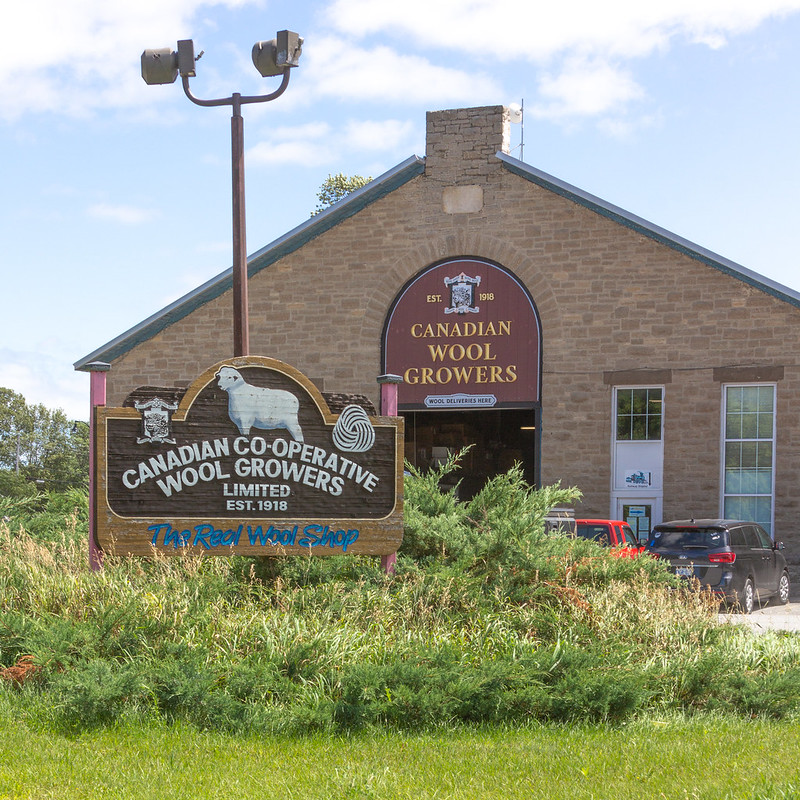
3 – Canadian Co-operative Wool Growers – 142 Franktown Road
The building that is now the wool growers was originally used as a round house and machine shop by the Canadian Pacific Railway from 1890-1939. After reopening in 1940, the abandoned materials were easily sold to the war efforts. In 1967, all operations were moved to Carleton Place and, in 1972, all administration was moved to Carleton Place.
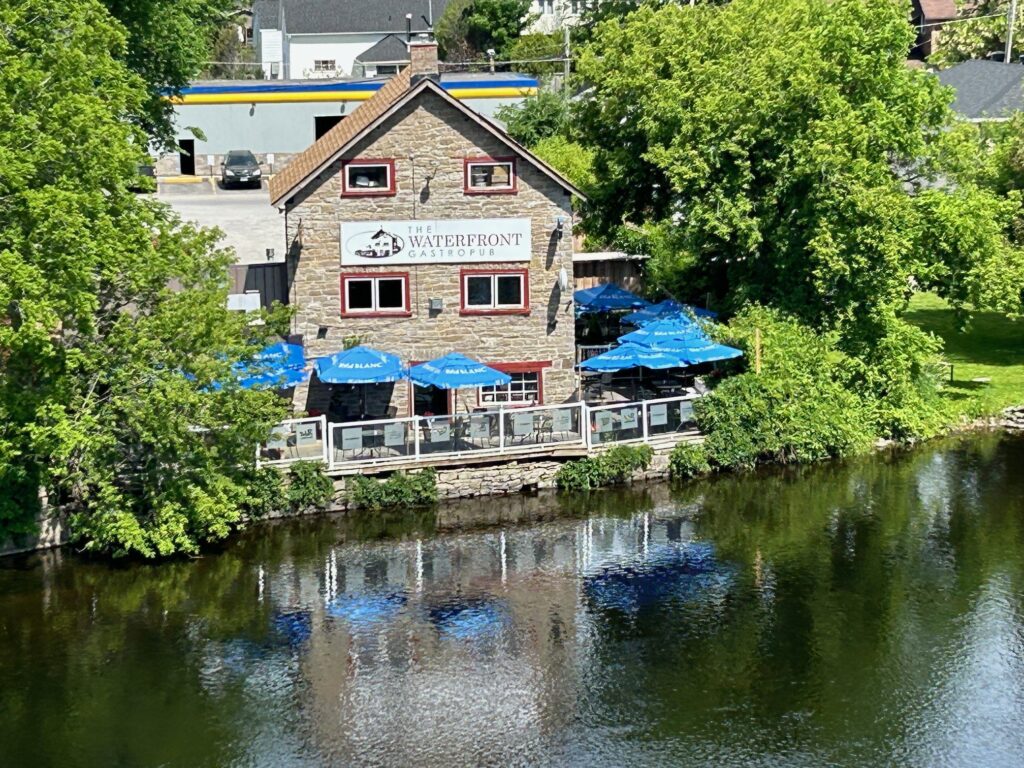
4 – Waterfront Gastropub – 12 Bell Street
In 1861, Bryce McNeely established a tannery in a simple stone building on the north side of the Mississippi River. Mr. McNeely continued to run the tannery for 40 years. The building has had various uses over the years with it finally being converted to a restaurant and pub. The Tannery, The Leatherworks and now The Waterfront Gastropub have all operated at the site. Stop by and enjoy lunch or dinner in the cozy interior or enjoy the views from the patio overlooking the Mississippi River.
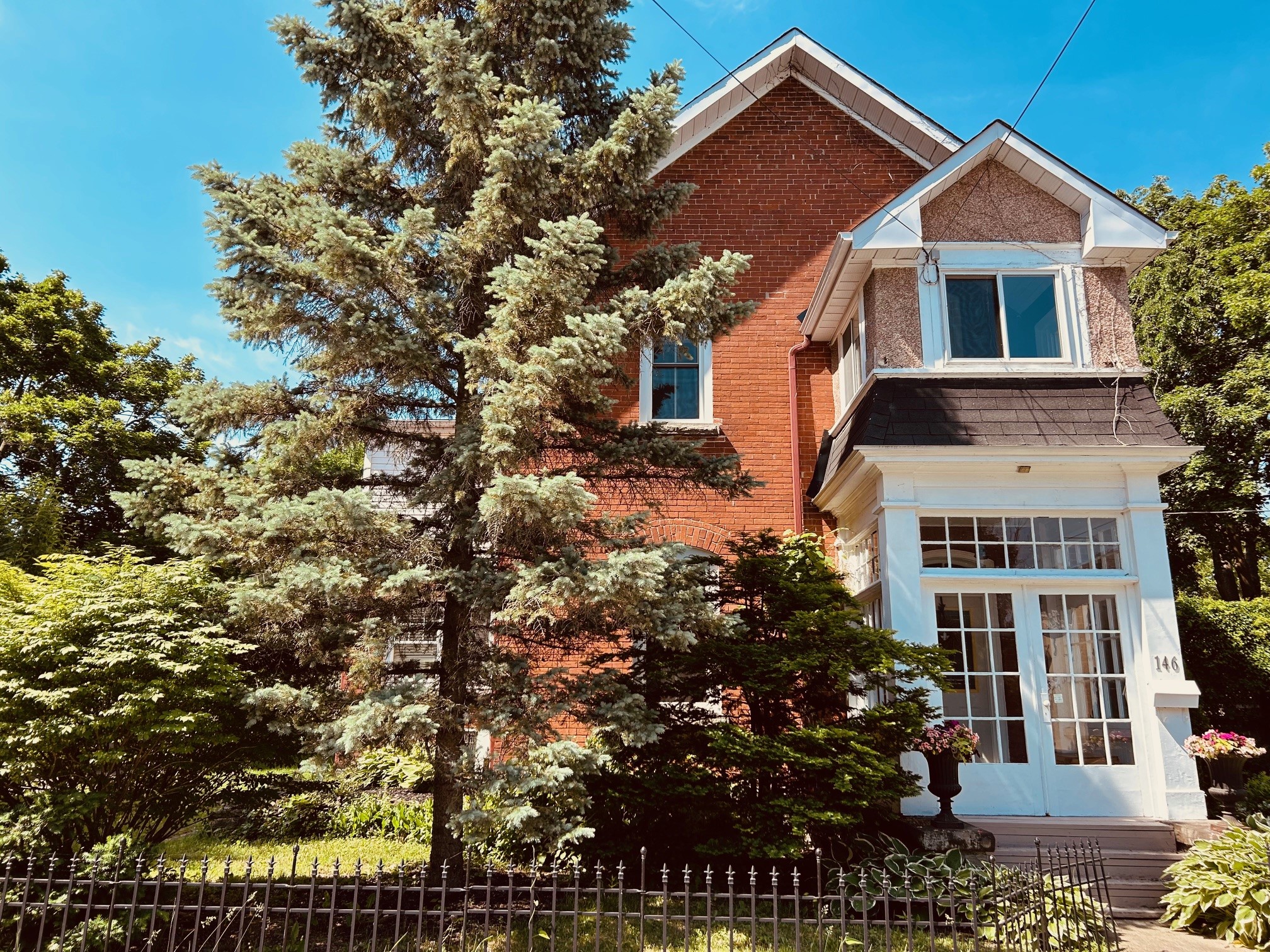
5 – 146 Judson Street
This home was built for James Morton Brown, father of Horace and Roy Brown. Horace Brown was soldier in WWI, and he would sneak a prohibited camera into the trenches to capture the events of the war. Roy brown was a fighter pilot in WWI and on April 21st, 1918, he pursued and shot down the infamous Baron von Richthofen who was one of the best German fighter pilots; Roy was officially credited with the defeat of the Red Baron.
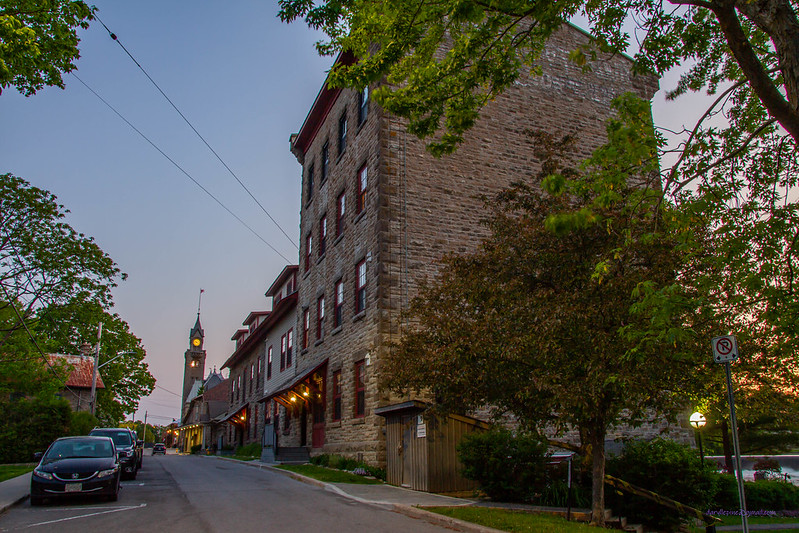
6 – McArthur Woolen Mill
150 Mill Street – The mill was built on a man-made island by Archibald McArthur in1870. The mill was powered by a turbine in the water and it had an open basement where water could flow through and wool could be washed. The mill produced mainly worsteds and tweeds. In 1907 it was purchased by Bates and Innes Mills and under this ownership the mill produced uniforms, underwear, and blankets for both world wars. The mill closed in the early 1960s.
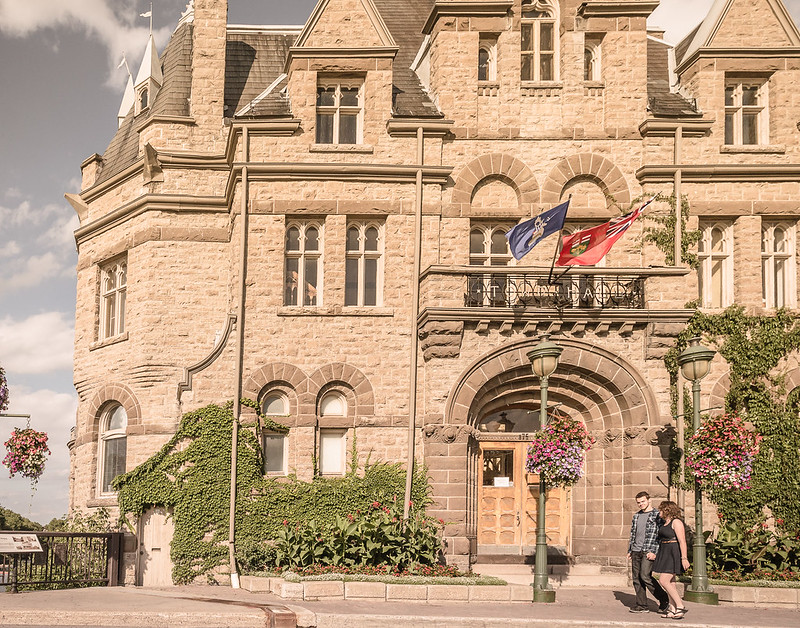
7 – Town Hall – 175 Bridge Street
Built in 1897 and designed by architect George W. King. A landmark that is important both historically and architecturally, Carleton Place Town Hall is a fine example of the Richardsonian Romanesque style. The hall was completed in 1897 at a cost of $26,000.00. the council chamber, old style concert auditorium and park beside the building are not to be missed.
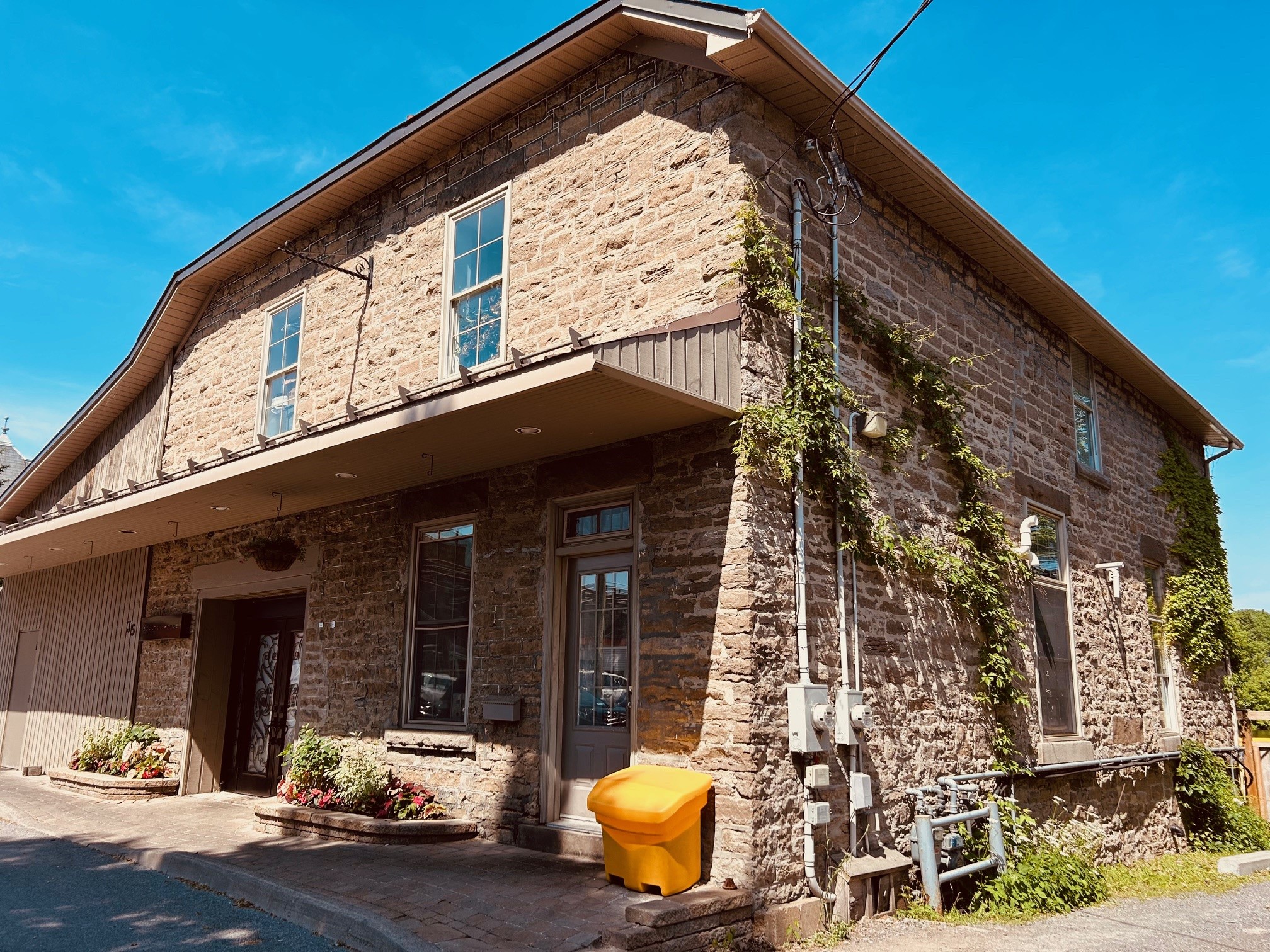
8 – Boulton House – 35 Mill Street
Boulton House restaurant located at 35 Mill Street is a fine example of a heritage building being lovingly restored and refitted. The original stone structure dates back to the 1820’s when it was first built as a grist mill by Hugh Boulton. Take the time to tour this lovely building and enjoy the spectacular views of the Mississippi River falls from the restaurant patio. Boulton House is open daily for lunch and dinner.
